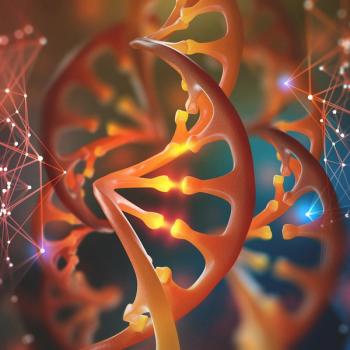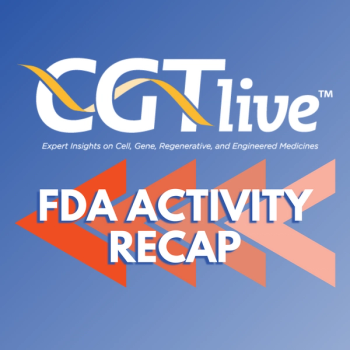
ctDNA Assay Panel Predicts CAR-T Response in Multiple Myeloma
It was found that ctDNA levels at 28 days post-treatment were significantly higher for patients who ultimately progressed by 90 days post-treatment.
Targeted-gene assay panels have shown that circulating tumor DNA (ctDNA) levels correlate with adverse risk factors in patients with multiple myeloma (MM) and treatment response in patients receiving anti-BCMA chimeric antigen receptor T-cell (CAR-T) therapy for MM. The data were presented by Hitomi Hosoya, MD, PhD, Stanford University, at the
A novel targeted gene-assay panel was developed, based on a method called Cancer Personalized Profiling by Deep Sequencing (CAPP-Seq) which was previously designed by a group at Standord, and was referred to as "myeloma CAPP-Seq". It was designed to capture approximately 500 kb of coding genes and non-coding genomic regions. Hosoya and colleagues collected plasma from 35 patients aged 30 to 84 years (median, 68) with MM at diagnosis, during treatment, and at relapse, which was paired with collected bone marrow samples when available. The study group included 10 patients who were newly diagnosed, 24 patients with relapsed/refractory (r/r) disease, and 1 patient on treatment holiday. Four of the patients had monoclonal gammopathy of undetermined significance (MGUS) or smoldering MM (SMM). The patients' number of prior lines of therapy ranged from 0 to 16 (median, 5) and 11 of the patients had oligo/non-secretory disease. ctDNA levels were found to be higher in patients with adverse risks and higher disease burden. Specifically, ctDNA levels were higher in patients with active myeloma than in patients with MGUS/SMM, higher in patients with r/r disease than in patients with newly diagnosed disease, and higher in patients with R-SS stage 2 or 3 disease than R-ISS stage 1 disease.
“This data suggests that ctDNA levels are higher in cases with adverse risk of myeloma, suggesting that it may be potentially useful as a pretreatment biomarker for prognostication,” Hosoya stated in her presentation. “Of note, ctDNA level was not significantly different in patients with oligo or non-secretory disease. We next correlated ctDNA level with clinical biomarkers that represent disease burden. ctDNA level significantly correlated with M-spike in patients who have secretory disease. As I mentioned, the level of ctDNA was comparable in non-oligo/secretory disease patients for whom we cannot use M-spike for disease burden assessment, suggesting that ctDNA may be useful in these patients as well.”
The CAPP-Seq panel was also tested in patients who received anti-BCMA CAR-T cells. The study population included 15 patients aged 50 years to 75 years (median, 62) who received
Hosoya provided an example of the potential utility of the ctDNA assay by describing a specific case from a patient involved in the study, noting that they “detected loss of chromosome 16, where BCMA resides, from the Day 90 plasma sample, which was about 30 days prior to clinical relapse. This was also detected in the relapse bone marrow sample. This chromosome 16 loss was not present in the pretreatment bone marrow plasma sample but was emergent upon relapse. The degree of chromosome 16 loss by copy number variant Z-score was concurrent with tumor fraction. This BCMA loss was confirmed by immunohistochemistry staining of the relapse bone-marrow sample, in which there were abundant CD138-positive myeloma cells, but the BCMA staining was negative.”
For more coverage of the 2023 Tandem Meetings,
REFERENCE
Hosoya H, Carleton M, Tanaka K, et al. Circulating Tumor DNA for Disease Characterization and Response Prediction in Myeloma Patients Undergoing Chimeric Antigen Receptor T-Cell Therapy. Presented at: 2023 Tandem Meetings | Transplantation & Cellular Therapy Meetings of ASTCT and CIBMTR.February 15-19, 2023; Orlando, FL. Abstract 1
Newsletter
Stay at the forefront of cutting-edge science with CGT—your direct line to expert insights, breakthrough data, and real-time coverage of the latest advancements in cell and gene therapy.










































